Deep space astrophoto targets for May of 2024
Friday, May 3, 2024
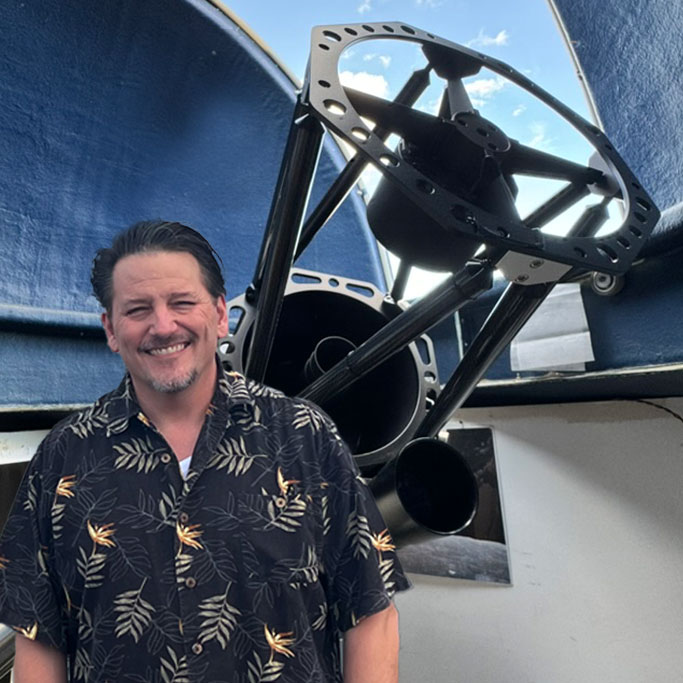
|
Richard Harris |
Spring skies are also home to a vibrant tapestry of deep-sky objects. For observers in the Northern Hemisphere, this includes the Virgo Cluster of galaxies, and an array of other galaxies like M51 (the Whirlpool Galaxy) and M101 (the Pinwheel Galaxy). The visibility of these objects in the spring sky provides a rich field for photography, offering a variety of subjects from galaxies and nebulae to star clusters.
As spring blossoms into its full glory in May 2024, so does the night sky light up with stellar photographic opportunities. From the spiraling elegance of the Whirlpool Galaxy to the dense sparkle of the Hercules Globular Clusters, the cosmos offers a visual feast for astrophotographers. This season, as the earth renews, the heavens too unveil their most captivating celestial objects, promising nights filled with the pursuit of capturing their distant beauty.
Here’s a list of popular deep-space objects visible from North America in May 2024, along with recommendations for cameras and telescopes to use:
M51 - Whirlpool Galaxy
Visibility: Prominent in the spring sky, best viewed in the early evening.
Equipment Recommendations:
- Telescope: An apochromatic refractor or a large aperture Schmidt-Cassegrain telescope (SCT) with a focal length of at least 1000mm.
- Camera: A dedicated astronomy CCD or a cooled CMOS camera with high sensitivity and low noise, like the ZWO ASI1600MM Pro.
M101 - Pinwheel Galaxy
Visibility: Well-placed for observation in May, ideal for mid-evening sessions.
Equipment Recommendations:
- Telescope: A large aperture Newtonian reflector or SCT for detailed images.
- Camera: DSLR cameras like Canon EOS Ra or a dedicated astrophotography camera such as Atik 414EX.
M13 - Hercules Globular Cluster
Visibility: Very high in the sky after sunset, making it an excellent target for most of the night.
Equipment Recommendations:
- Telescope: A medium focal length SCT or a refractor telescope.
- Camera: High-resolution monochrome CCD cameras, or for color, a one-shot color astronomy camera.
M57 - Ring Nebula
Visibility: Available in the late evening, positioned well for high-quality imaging.
Equipment Recommendations:
- Telescope: A high focal length SCT or a Maksutov-Cassegrain to capture its small apparent size.
- Camera: High-sensitivity CCD cameras, preferably with narrowband filters to capture the nebula’s emissions.
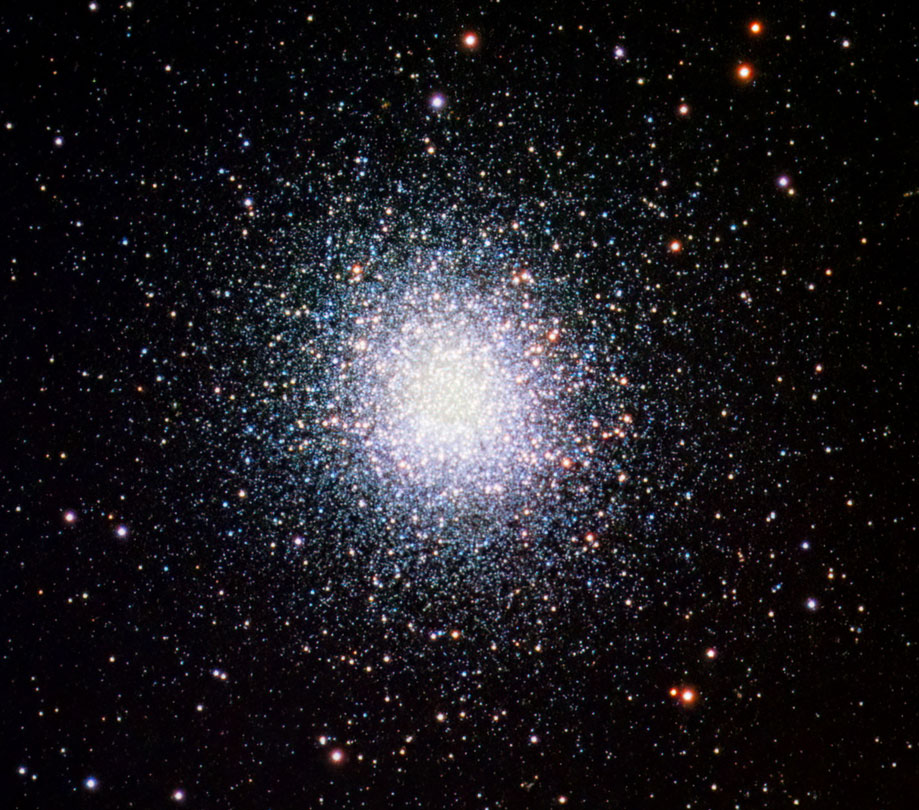
M92 - Another Hercules Globular Cluster
Visibility: Similar to M13, good for observation throughout the night.
Equipment Recommendations:
- Telescope: Works well with a variety of telescopes, but a refractor or SCT can provide sharp, detailed images.
- Camera: A CCD camera with good dynamic range, like the ZWO ASI294MC Pro.
M27 - Dumbbell Nebula
Visibility: Rises in the late evening, a prime summer target visible in late May.
Equipment Recommendations:
- Telescope: A telescope with a moderate focal length, such as a refractor or SCT.
- Camera: DSLR or an astronomical CCD camera with a hydrogen-alpha filter to enhance the nebula’s details.
General Equipment Advice
Mount: A sturdy and precise equatorial mount is crucial for all these observations, as deep-sky imaging requires long exposure times and accurate tracking.
Filters: Light pollution filters for observing from urban areas and narrowband filters for enhancing nebula features.
Software: Consider software like Stellarium for planning your sessions, and DeepSkyStacker or PixInsight for processing your images.
May is a great time for deep-sky astronomy in North America, with many galaxies and nebulae well-placed for observation. The specific equipment recommendations will help you capture the beauty of these cosmic wonders effectively.
ScopeTrader's latest survey
Featured Stories
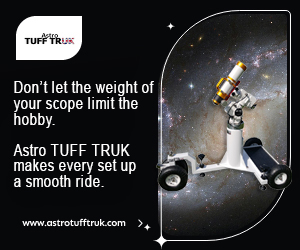
Stay Updated
Sign up for our newsletter for the headlines delivered to youSuccessFull SignUp

|
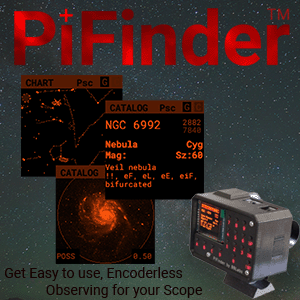

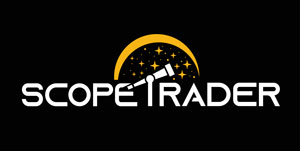
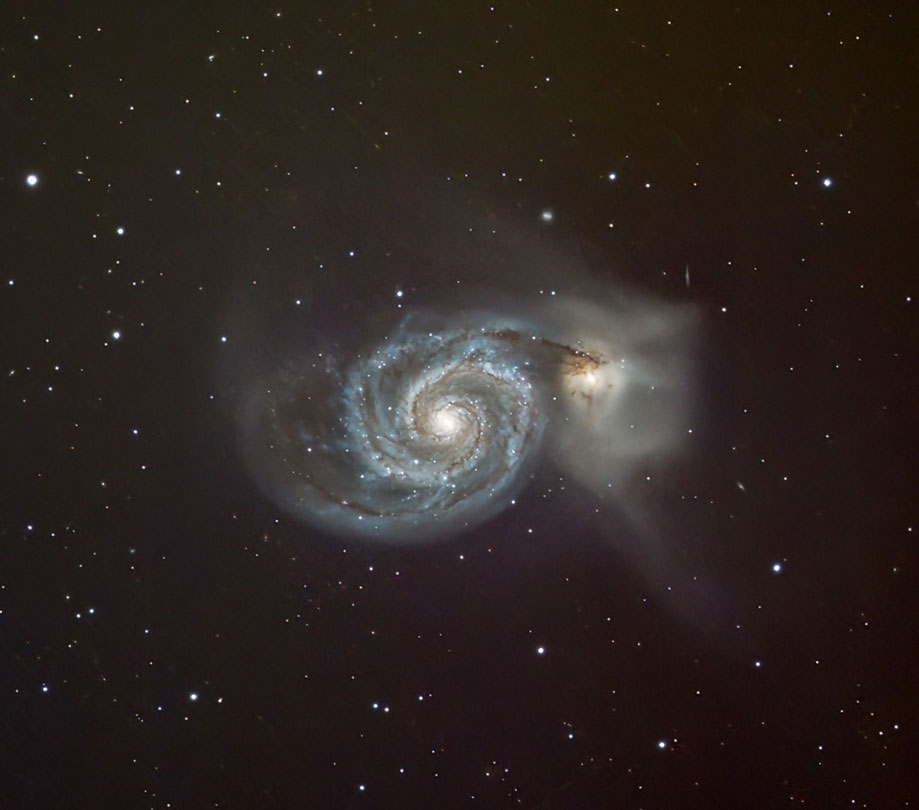

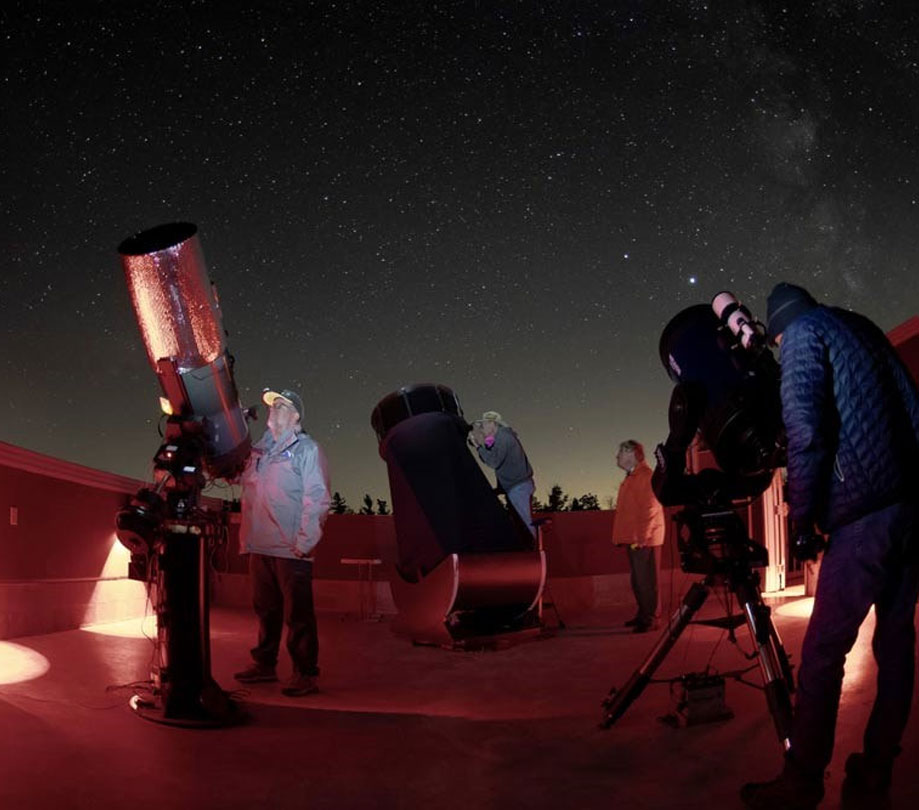
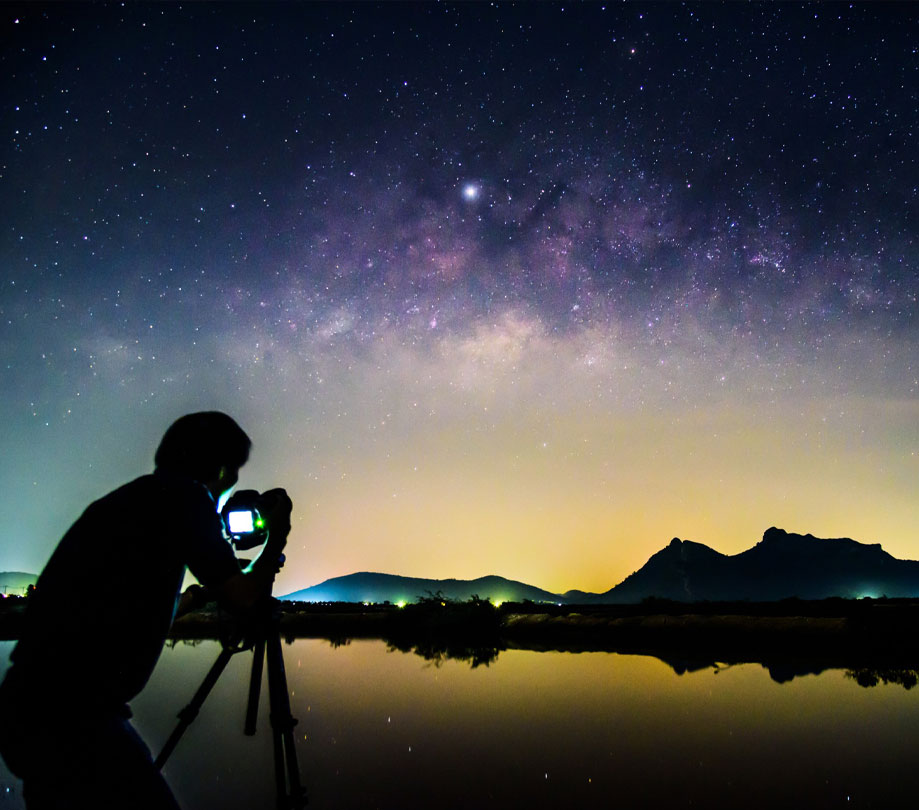
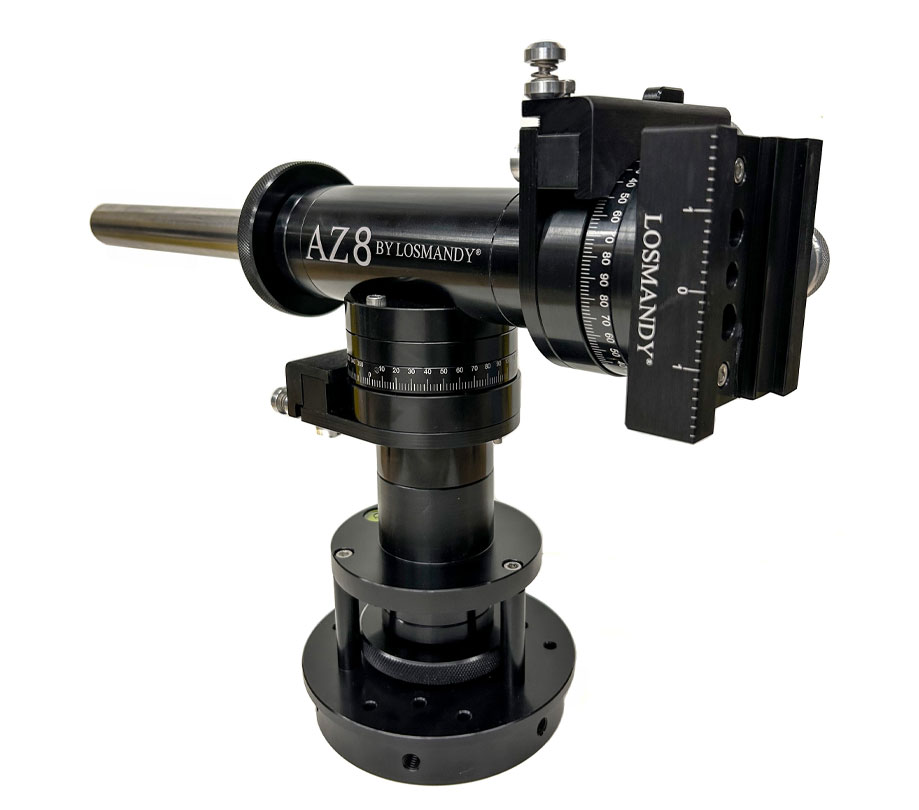
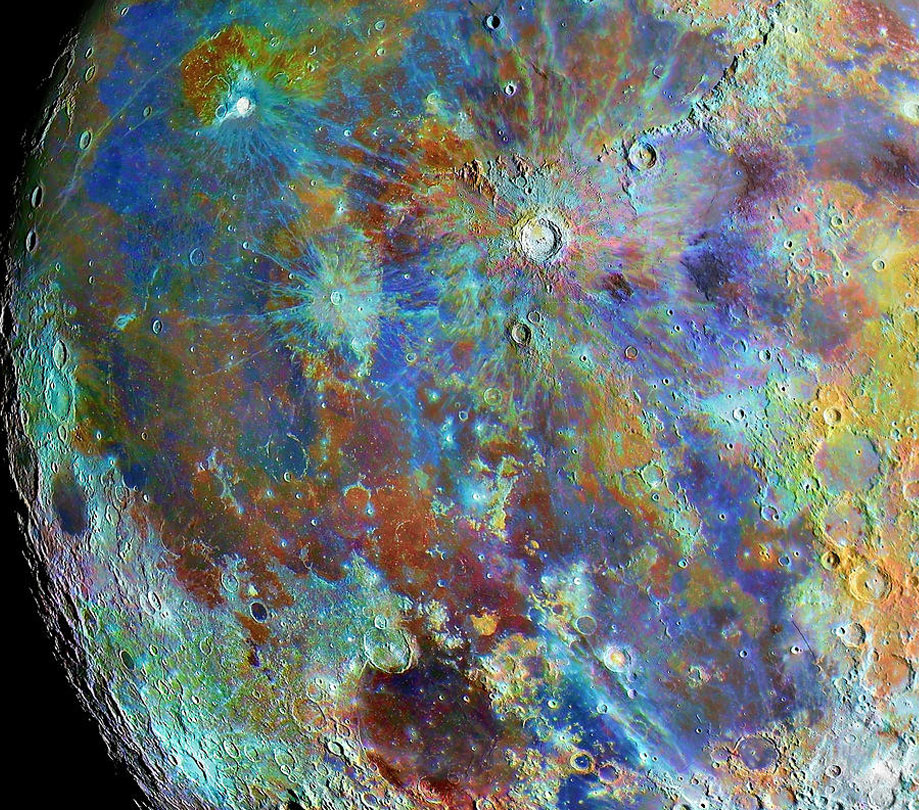
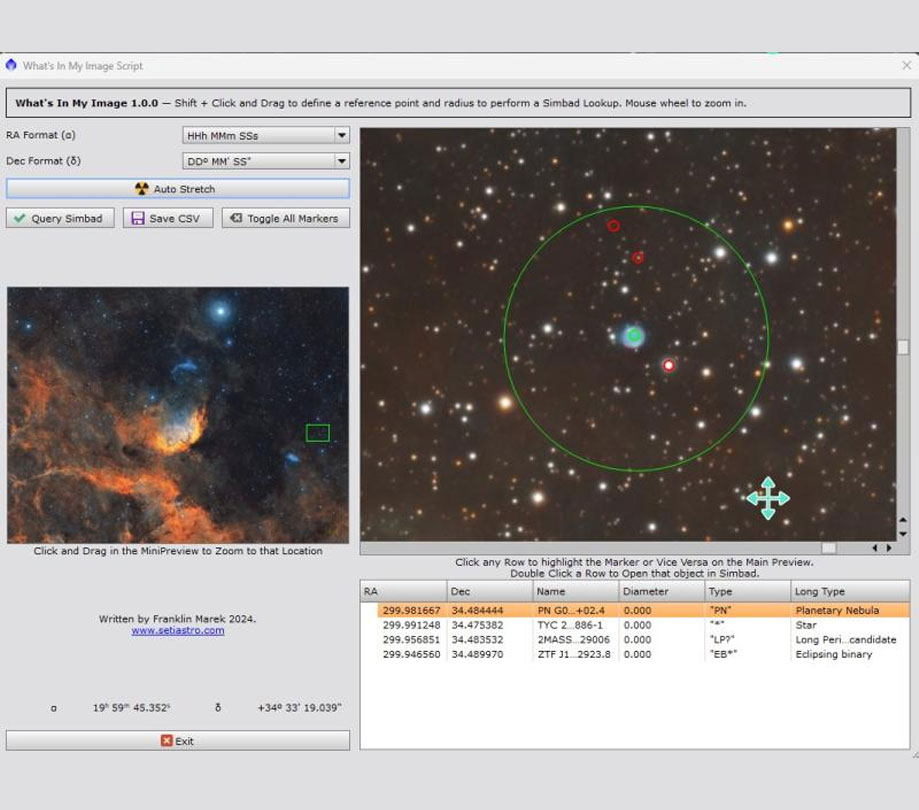
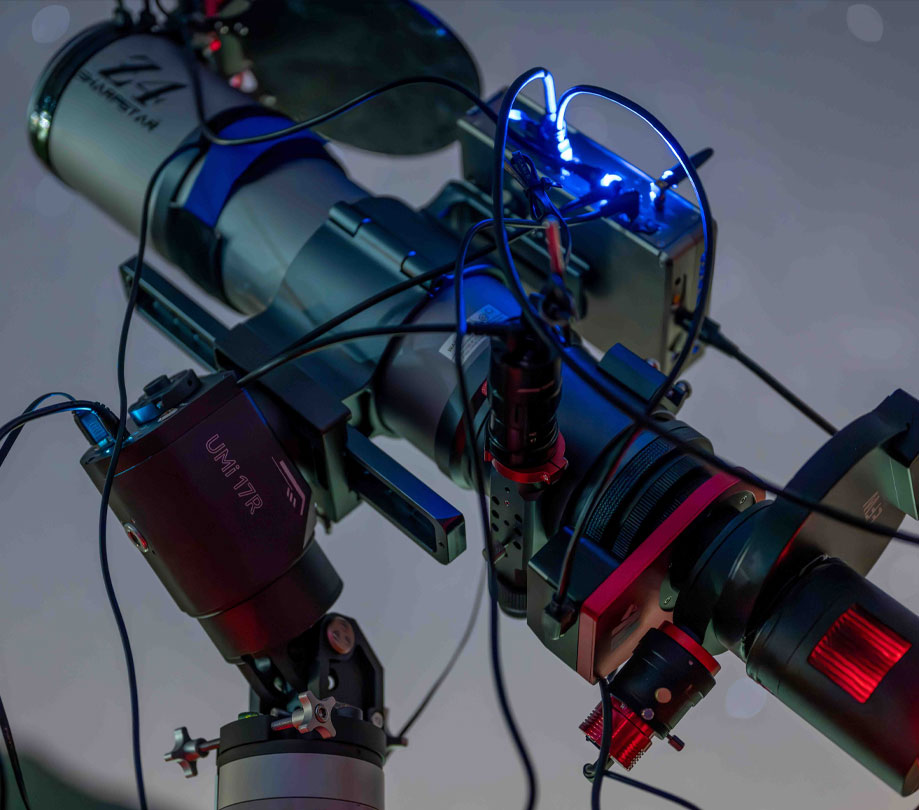
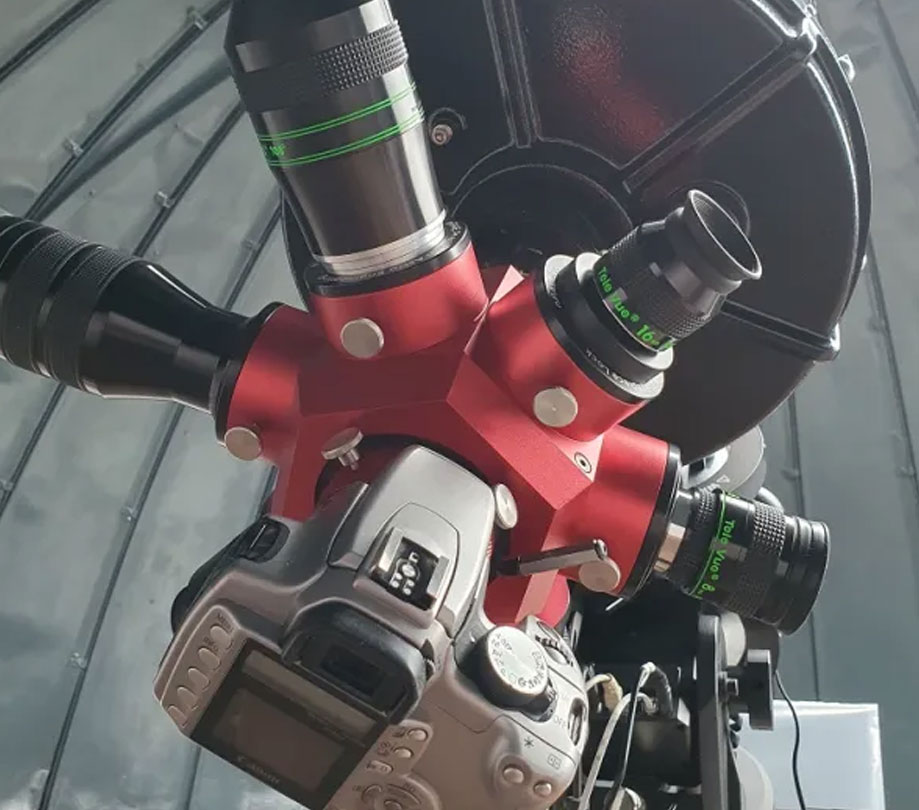
Comments